At the heart of most power tools is an electric motor. This motor converts electrical energy into mechanical energy, which is used to drive the tool's main function. The motor is powered by either a direct electrical connection, a rechargeable battery, or compressed air, depending on the type of power tool.
Let's start by understanding the basic elements of an electric motor. An electric motor consists of a rotor and a stator. The rotor is the rotating part of the motor, while the stator is the stationary part. The rotor contains electromagnets, which are usually made of a permanent magnet or a coil of wire wrapped around an iron core. The stator contains the stationary electromagnets that interact with the rotor to create rotational motion.
When an electrical current flows through the coil of wire in the rotor, it creates a magnetic field. This field interacts with the magnetic field generated by the stator, causing a force that rotates the rotor. The direction and magnitude of the current can be controlled by an electronic switch, allowing for variable speed and torque settings in the power tool.
To transmit the rotational motion from the motor to the tool's main function, power tools employ various mechanisms and components.
-
Gears: Gears play a crucial role in power tools by transmitting and modifying the rotational motion. They consist of toothed wheels that mesh together to transfer torque and speed. Gears are used in tools such as drills and saws to drive the chuck or blade at different speeds or torque settings, depending on the task at hand.
-
Belts and Pulleys: Power tools such as belt sanders and bench grinders often use belts and pulleys to transfer power from the motor to the tool's working surface. Belts are flexible loops made of materials such as rubber or synthetic materials and are driven by a pulley attached to the motor shaft. By adjusting the size of the pulleys and the tension of the belt, the speed and torque can be controlled.
-
Clutches: Clutches are mechanisms used to control the engagement and disengagement of the tool's main function. They allow the user to easily start and stop the tool's operation without turning off the motor. Clutches are commonly found in impact drivers, drills, and screwdrivers, enabling precise control over the rotational force applied to screws or fasteners.
-
Reciprocating Mechanisms: Some power tools, such as jigsaws and reciprocating saws, utilize reciprocating mechanisms to create a back-and-forth motion. These mechanisms convert the rotary motion of the motor into a linear or oscillating motion, allowing the tool to cut, saw, or sand through materials.
-
Safety Features: Power tools are equipped with various safety features to protect the user from potential hazards. These may include blade guards, safety switches, locking mechanisms, and vibration dampening systems. These features ensure safe operation and minimize the risk of accidents or injuries.
-
Battery and Charging Systems: Cordless power tools rely on rechargeable batteries for their operation. These batteries provide the necessary electrical energy to power the motor. Power tools equipped with batteries usually have built-in charging systems that allow the user to recharge the batteries when they run low.
-
Control and Ergonomics: Power tools often incorporate control mechanisms such as switches, buttons, and dials to adjust speed, torque, or other settings. Ergonomics also play a crucial role in the design of power tools, ensuring that they are comfortable to hold and operate for extended periods.
In conclusion, power tools harness electrical, battery, or compressed air energy to drive their main functions through the use of electric motors, gears, belts, pulleys, clutches, and other mechanical components. Understanding these mechanisms and how they work together is essential for safe and efficient operation of power tools across a wide range of applications.














